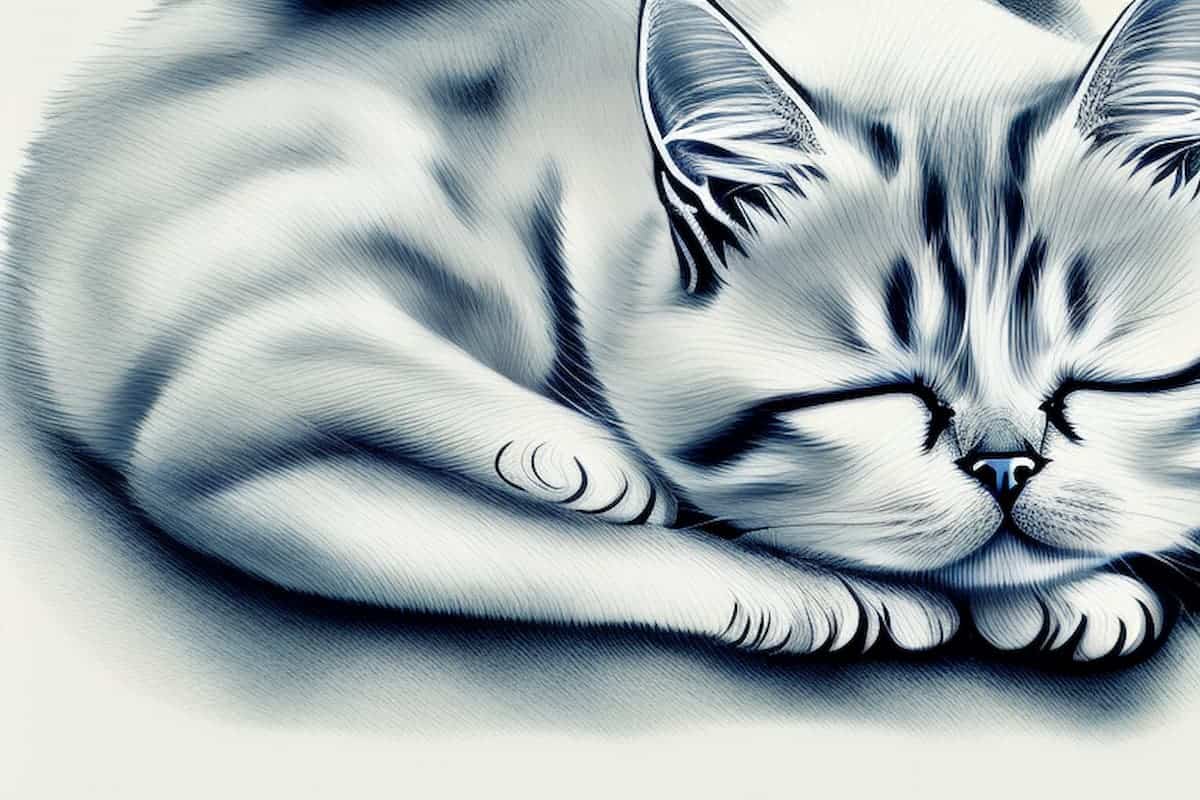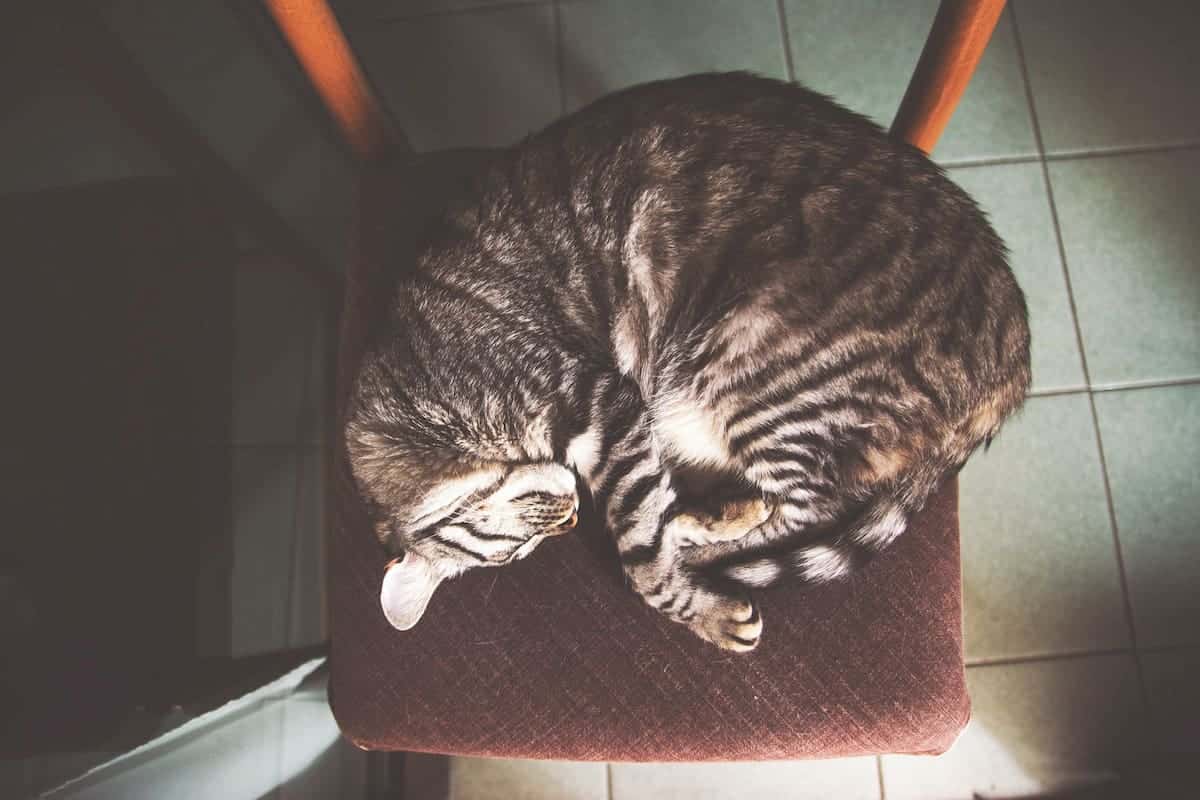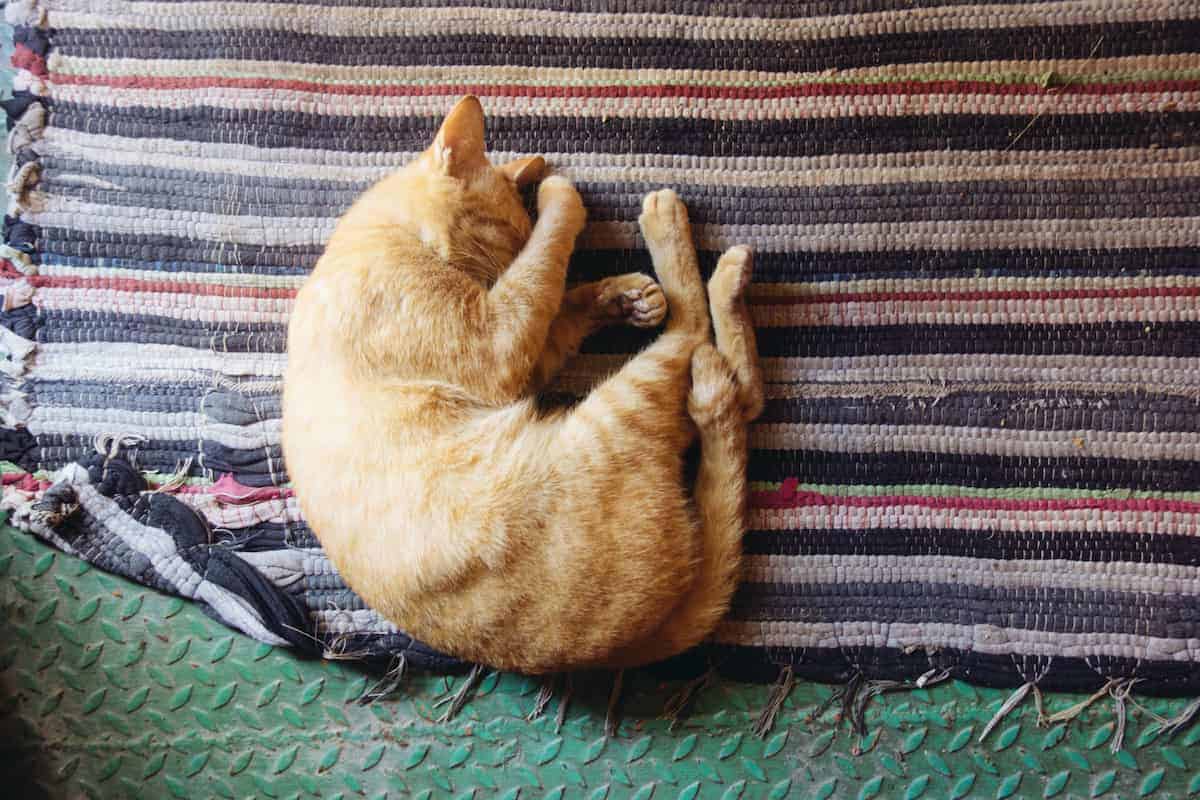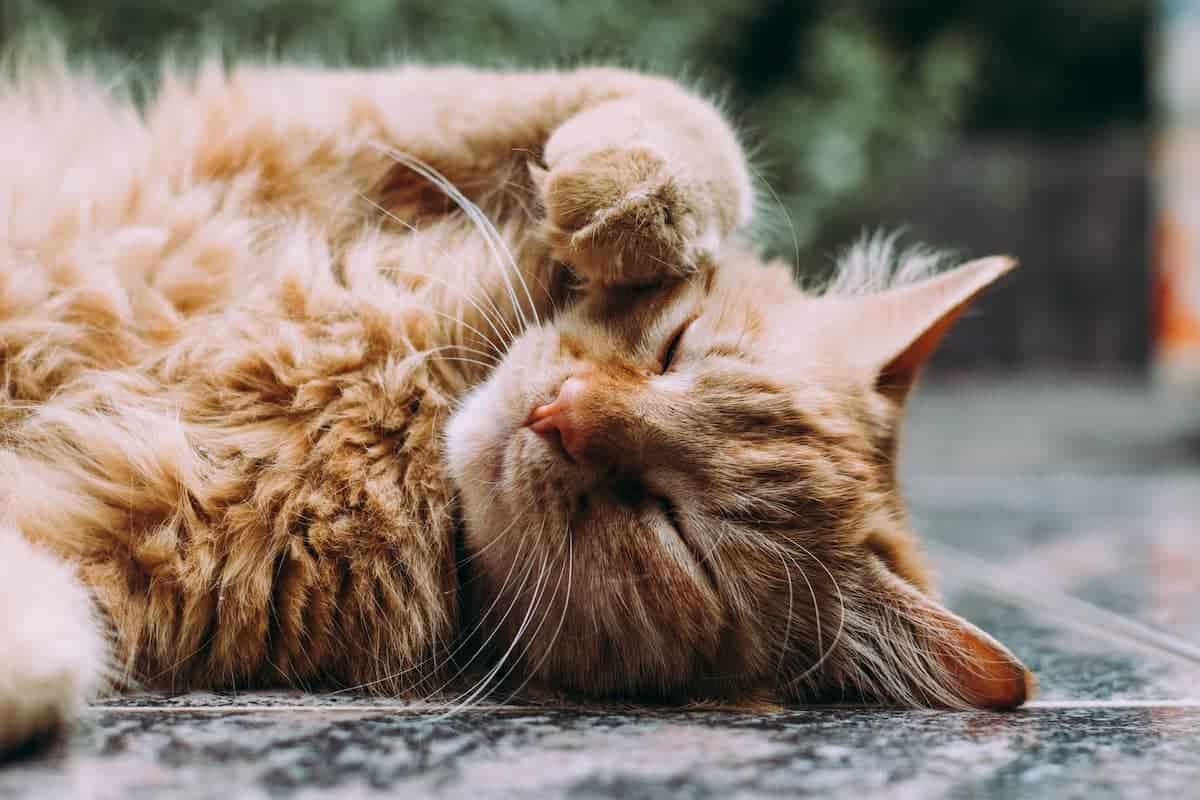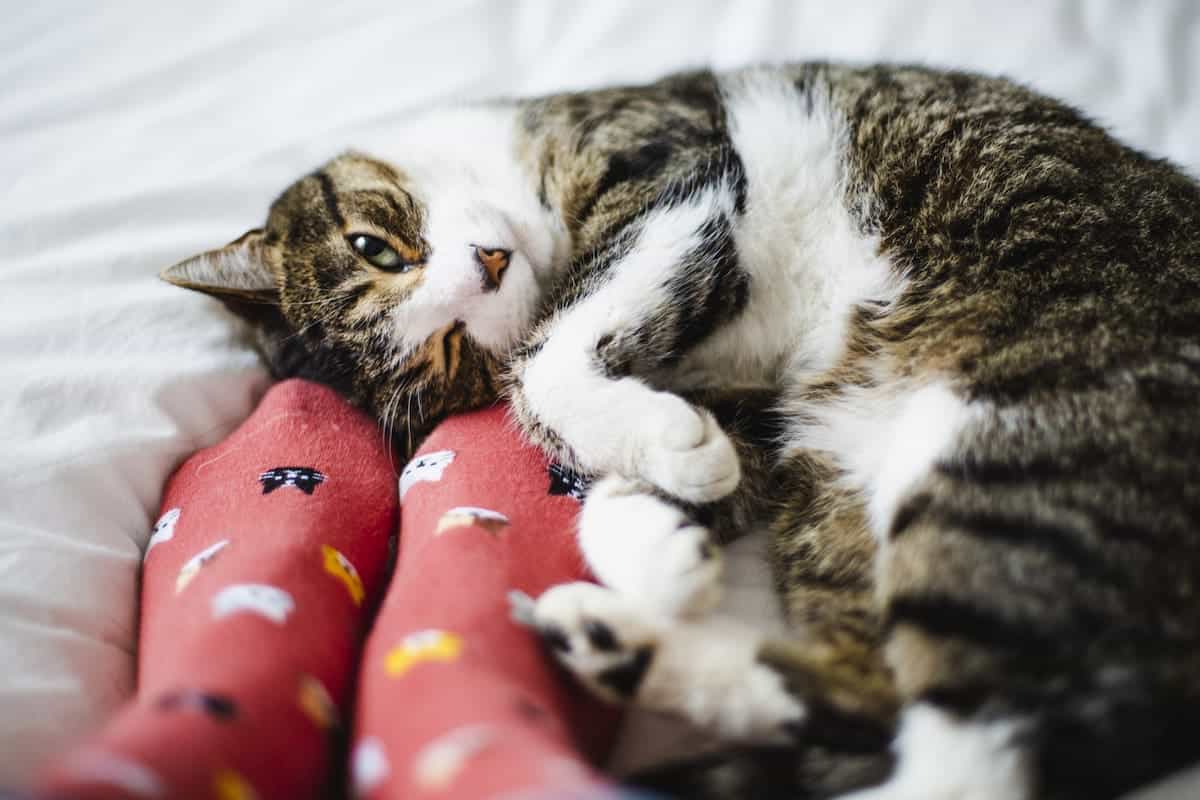When it comes to our beloved four-legged friends, one of the great things we can appreciate about cats is their sleepy tendencies. We all accept cats love their sleep, and often seem to spend more time dormant than active. But how much do cats actually sleep? And how does that compare to us humans? In this article, we’ll take a closer look at cat’s sleeping habits to uncover the answers to these and other questions.
Understanding Cat Sleep Cycles
Cats’ sleep patterns are similar to humans in that they have a sleep/wake cycle, known as a ‘circadian rhythm’. This means cats will typically sleep for one or two longer periods during the night, spending the remaining time dozing or awake and active. Like people, the amount of sleep varies from individual to individual. But unlike people, cats don’t need a continuous eight hours of solid sleep a night. Instead, they enter ‘light sleep’ more often and for a longer duration than humans. Most cats will sleep for up to 16 hours a day, with kittens needing significantly more at up to 20 hours.
Cats tend to sleep in short bursts throughout the day, usually in a warm and comfortable spot. They may also sleep in a variety of positions, such as curled up in a ball, stretched out on their side, or even upside down. Cats also tend to sleep more when it’s dark and quiet, and less when there is noise or activity. This is why it’s important to provide a quiet and comfortable sleeping area for your cat, away from any loud noises or disturbances.
What Factors Affect a Cat’s Sleeping Habits?
Similar to humans, cats’ sleeping habits can depend on a variety of factors. A cat’s age is a huge determinant, with kittens needing much more sleep than a fully grown cat. Cats also tend to adopt the sleeping pattern of their owners and are generally less active when there are fewer people around. Other factors include the season, with cats becoming more lethargic in cold weather and more active during spring and summer months.
The amount of exercise a cat gets can also affect their sleeping habits. Cats that are more active during the day will often sleep more at night, while cats that are less active may be more prone to napping throughout the day. Additionally, cats may also be affected by their environment. If a cat feels safe and secure in their home, they may be more likely to sleep soundly.
How Much Sleep Do Cats Need?
As previously mentioned, cats typically will sleep from 12-16 hours a day. Since cats are nocturnal animals, they are naturally most active in the evening and early morning hours and will often sleep throughout the day. However, the amount of sleep your cat gets can vary depending on its age and lifestyle. For example, kittens may sleep significantly more than adult cats as they require more energy for growth and development.
Do Cats Have Different Sleep Patterns Than Humans?
Yes. Although cats share a similar two-part sleep/wake cycle with humans, they spend more time in light sleep mode. This explains why cats will often seem awake when they are actually dozing – they will often open their eyes briefly and then quickly return to sleep. Cats also need less REM (rapid eye movement) sleep than humans, meaning they’re oblivious to dreams.
Why Do Cats Sleep So Much?
It is thought that the reason cats sleep so much is due to the fact that their internal clocks have evolved from their wild ancestors which were much more active during twilight hours. As such, their bodies learnt to conserve energy during their inactive periods and use it for activities when the sun rises – when food is much easier to find and hunt. This explains why cats will often remain completely inactive for prolonged periods of time.
Are There Any Health Risks Associated With a Cat Sleeping Too Much or Too Little?
Yes. Oversleeping or undersleeping can cause fatigue, lethargy and even general health issues. Too much sleep is generally more dangerous than too little, as it can lead to a decreased appetite, a reduced interest in activities and depression-like symptoms. If you notice that your cat is sleeping excessively or too little, you should seek medical attention as this could be a sign of a deeper underlying issue.
How to Create a Cat-Friendly Sleeping Environment
Creating a friendly sleeping environment for your cat is relatively simple and can help them get quality rest and relaxation. Keep your house relatively quiet and dark – cats need time to unwind without any distractions or loud noises. Providing your cat with comfortable beds in warm and quiet areas of your house can also help with their nightly sleep cycles. Additionally, don’t forget to play with your cat before bed – whether it’s a brief game of chase or just ruffling their fur, spending quality time with your pet before bedtime can help keep them relaxed.
Tips for Helping Your Cat Get a Good Night’s Rest
Cats nap in different positions throughout the day – from lying down with their legs stretched out or curled into tight balls. Find out which position works for your cat and make sure there are plenty of blankets for them to adjust and get comfortable. Additionally, make sure their sleeping environment is quiet and in an area away from other animals which may distract them. Finally keep their food, water and litter box close by so that your cat does not have to wander too far from their sleeping area when they wake up.
Cats are naturally sleepy creatures but understanding the sleeping habits of felines can help us keep our beloved pets healthy and happy. While it’s important to understand some of the key factors which influence how cats spend their time sleeping – such as age, lifestyle, season and environment – it’s also essential to know how much rest they should be getting each day.
